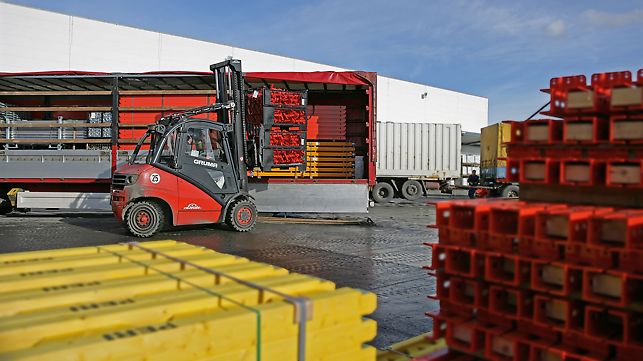Mechanic gloves are hand garments that protect the arm, wrist, fingers, and thumbs from potentially harmful processes or circumstances. These products have nearly endless applications and may be used in industrial or commercial settings. The fabric and shape of the glove determine its usefulness.
Operation Using Safety Gloves

Gloves are a type of protective equipment (PPE) that protects the user’s hands against various hazards. These devices may protect from occupational and recreational dangers, including heavy hand involvement in accomplishing an activity. Individual scabbards for each digit are included in gloves to provide articulation and feeling, albeit their capabilities vary.
Gloves either are nominally sized or globally dimensioned, but adequately fitted gloves allow the best finger expressiveness, safety, and comfort. Many gloves have cuffs that extend further than the wrist; cuff designs vary depending on the glove’s function.
Gloves are often designed for specific tasks. However, they may also be suited for other tasks. Gloves should never be used beyond the manufacturer’s recommended service scope. Heat/chill resistance, puncture & cut resistance, chemical resistance, static control, flame retardancy, anti-contamination, increased grip, waterproofing, or hand visibility are the most prevalent reasons to wear mechanic gloves.
The glove’s material and design determine which applications it is appropriate for. If work needs other PPE, it is recommended that you wear it.
Variations in Safety Gloves
For finger protection during woodwork and other bladed material handling operations, individual leather sheaths are known as finger guards. They are made of leather and spandex and do not provide palm or knuckle protection. Handguards, on the other hand, are fingerless gloves with no fingers.








